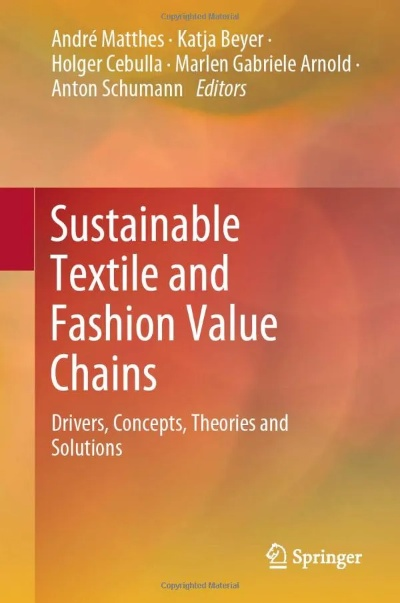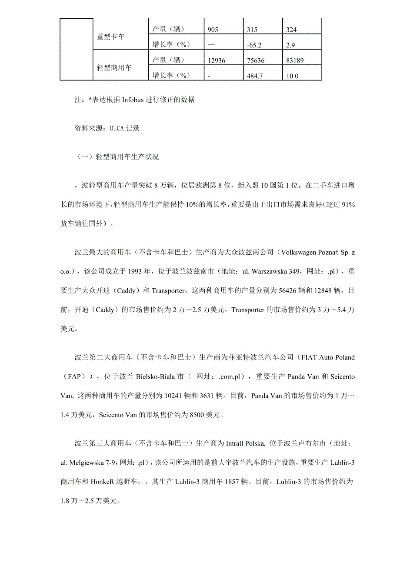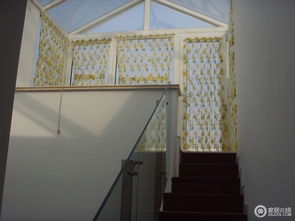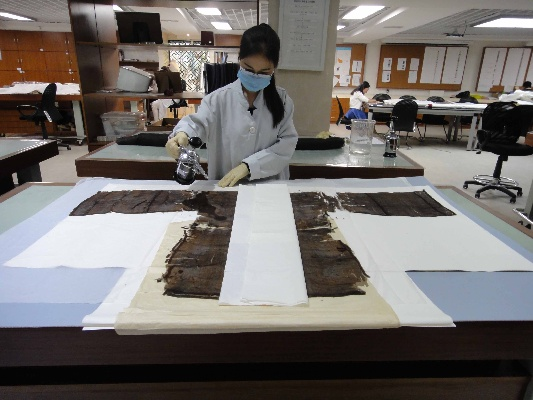Characteristics of Ecological Textiles
Ecological textiles are a growing field of research that seeks to address the environmental impacts of traditional textile production. These materials are designed to be sustainable, biodegradable, and eco-friendly, making them an attractive alternative to traditional synthetic fabrics. Ecological textiles are made from natural fibers such as cotton, linen, hemp, and wool, which have been grown without the use of harmful pesticides or chemicals. Additionally, they often incorporate recycled materials or byproducts from other industries, further reducing their environmental footprint. The production process for ecological textiles is also more energy-efficient and water-conserving compared to traditional methods, resulting in lower carbon emissions. As demand for eco-friendly products continues to rise, the market for ecological textiles is expected to grow significantly. Ultimately, the goal of ecological textiles is to create a circular economy where waste is minimized and resources are repurposed, promoting a more sustainable future for both consumers and manufacturers.
Introduction: In today's world, sustainability is becoming increasingly important as people become more conscious of the impact their daily choices have on the environment. One area where this concern is particularly relevant is in the production and consumption of textiles. Ecological textiles are designed to minimize their environmental footprint, promote biodiversity, and reduce waste by using natural materials and processes. In this article, we will explore some of the key characteristics of ecological textiles.
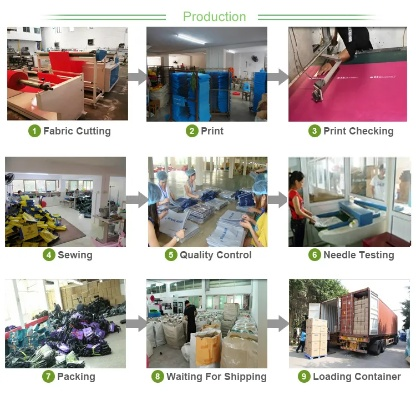
Materials: One of the most significant features of ecological textiles is their use of natural materials. Instead of synthetic fibers like polyester or nylon, which can harm wildlife and ecosystems, these textiles often rely on plant-based fibers such as cotton, linen, silk, and wool. These materials are grown in a sustainable manner, reducing the need for chemical pesticides and herbicides. By choosing natural materials, consumers can contribute to preserving the health of our planet's natural resources.
Processes: Another key characteristic of ecological textiles is their adoption of sustainable production methods. Many companies now use techniques like dyeing with vegetable-based dyes instead of toxic chemicals, reducing water pollution and promoting biodiversity. Additionally, many textiles are made from recycled materials, further reducing waste and conserving resources. By adopting sustainable production methods, textile manufacturers can minimize their environmental impact while still producing high-quality products.
Design: Ecological textiles also prioritize design elements that promote sustainability. For example, they may be designed to be machine-washable, making them easier to care for and extend their lifespan. They may also feature intricate patterns or designs that require less material, reducing waste. Additionally, eco-friendly textiles are often made with minimal dyes and additives, further minimizing their environmental impact.
Certifications: Finally, many ecological textiles are certified to meet specific environmental standards. Certifications such as GOTS (Global Organic Textile Standard) or Oeko-Tex Standard 100 ensure that the textiles being sold meet certain criteria for being produced sustainably. These certifications not only help consumers make informed purchasing decisions but also provide a level of assurance that the products being purchased are truly eco-friendly.
Case Study: One example of an ecological textile is the "Bamboo Shirt" by H&M. This shirt is made from bamboo pulp, a renewable resource that grows quickly and doesn't require pesticides or herbicides. The shirt is also certified organic, meeting the Global Organic Textile Standard. By using bamboo pulp, H&M reduces its carbon footprint and helps preserve forests around the world.
Conclusion: In conclusion, ecological textiles are characterized by their use of natural materials, adoption of sustainable production methods, design elements that promote sustainability, and certifications that ensure environmental standards are met. By embracing these characteristics, consumers can make informed choices that support a more sustainable future for ourselves and generations to come.
生态纺织品是一种注重可持续性、环保和健康性的纺织品,其特征主要体现在以下几个方面:
生态纺织品的主要特征
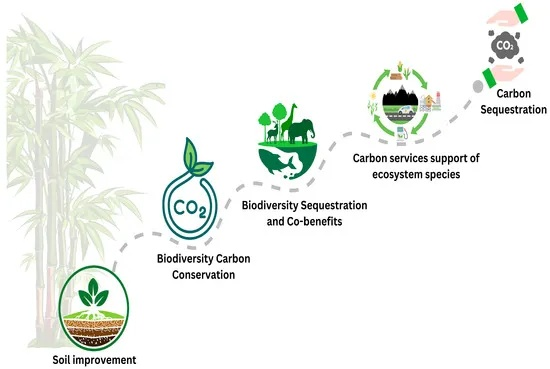
环保材料选择
生态纺织品主要采用天然、环保、可降解的材料,如有机棉、竹纤维、再生聚酯纤维等,这些材料不仅环保无害,而且对人体健康有益。
绿色生产过程
生态纺织品在生产过程中注重绿色环保,采用先进的生产工艺和技术,减少对环境的影响,一些品牌采用循环利用技术,减少废弃物的产生。
舒适性
生态纺织品注重舒适性,采用柔软、透气、吸湿排汗等特性,适合各种肤质和气候条件,它们还具有抗菌、防臭等特殊功能,提高穿着舒适度。
可持续性
生态纺织品强调可持续性,采用可回收材料和再生纤维,减少对自然资源的消耗和浪费,它们还注重包装材料的环保处理,减少对环境的影响。
案例说明

以下是一个具体的生态纺织品案例,以供参考:
案例名称:绿色织物品牌——XX纺织公司
该公司主要生产生态纺织品,其产品特征如下:
-
材料选择:该公司主要采用有机棉、竹纤维等天然环保材料,这些材料不仅环保无害,而且对人体健康有益。
-
生产过程:该公司采用先进的生产工艺和技术,注重绿色环保,在生产过程中采用循环利用技术,减少废弃物的产生,该公司还注重包装材料的环保处理,减少对环境的影响。
-
舒适性:该品牌的生态纺织品具有柔软、透气、吸湿排汗等特性,适合各种肤质和气候条件,该品牌还注重产品的抗菌、防臭等特殊功能,提高穿着舒适度。
生态纺织品表格补充说明(英文版)
| 特征 | 描述 | 示例材料 | 生产过程 | 优势 |
|---|---|---|---|---|
| 环保材料选择 | 采用天然、环保、可降解的材料 | 有机棉、竹纤维等 | 采用先进的生产工艺和技术 | 无污染、环保、可持续性 |
| 绿色生产过程 | 注重绿色环保 | 采用循环利用技术减少废弃物产生 | 采用绿色生产技术减少能源消耗和浪费 | 可持续性、环保性 |
| 舒适性 | 具有柔软、透气、吸湿排汗等特性 | 无具体材料示例 | 提高穿着舒适度,满足不同肤质和气候条件的需求 | 提高穿着舒适度、健康性 |
| 可持续性 | 采用可回收材料和再生纤维减少资源消耗和浪费 | 可回收材料和再生纤维 | 注重可持续性包装材料的环保处理 | 可持续发展、环保理念 |
| 市场认可度 | 在市场上具有较高认可度 | 通过消费者反馈和市场调研证明其环保和质量优势 | 通过品牌口碑和市场表现证明其可持续性和环保性 | 提高品牌影响力、市场竞争力 |
生态纺织品是一种注重可持续性、环保和健康性的纺织品,其特征主要体现在环保材料选择、绿色生产过程、舒适性和可持续性等方面,通过采用天然、环保、可降解的材料和先进的生产工艺和技术,以及注重绿色环保和可持续性的包装材料的环保处理,生态纺织品不仅符合现代消费者的需求和期望,也符合可持续发展的理念。
Articles related to the knowledge points of this article:
The Magic of Sculptural Textiles at 妙松家用纺织品
Textiles Smoke Dyeing Durability Testing Standards
The Design of Textile Industries:A Multidisciplinary Approach
